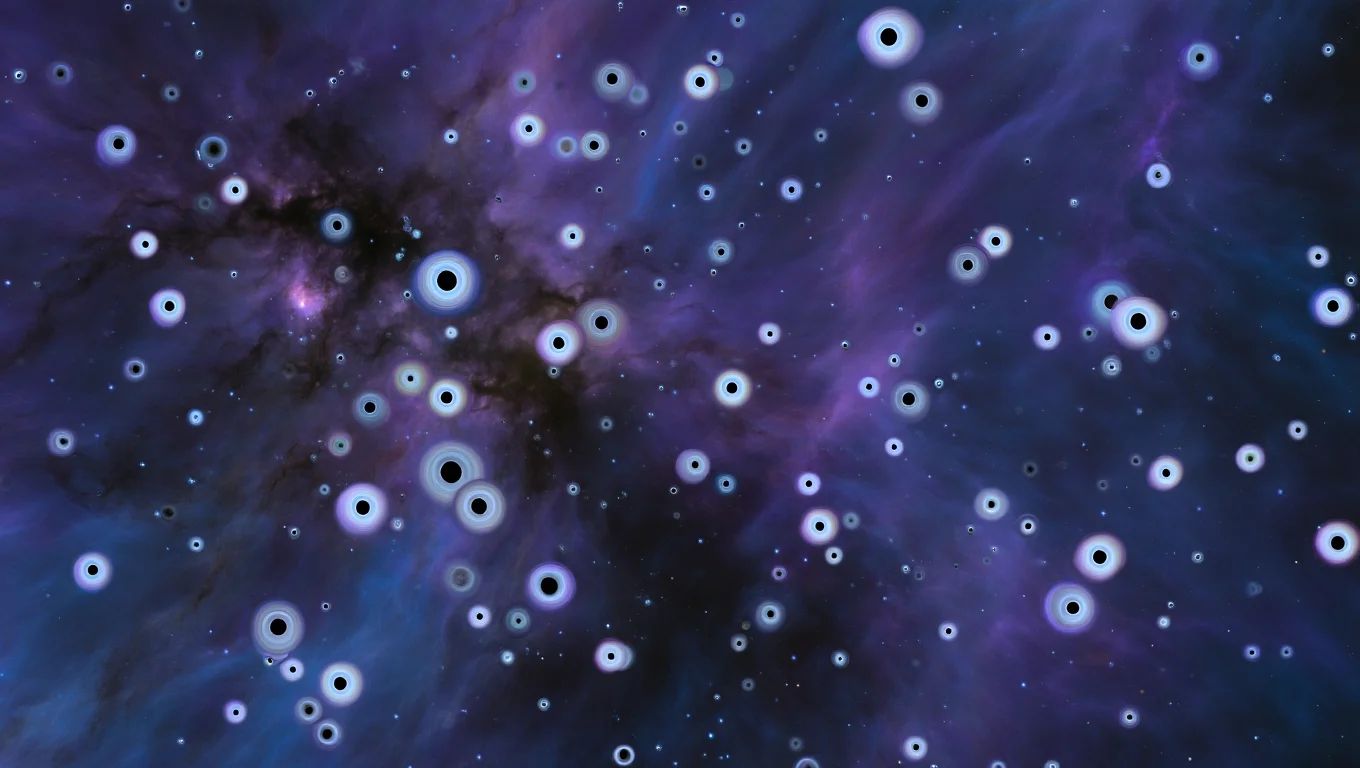Follow us on Google News (click on ☆)

The James Webb Space Telescope played a key role in this hypothesis by identifying supermassive black holes in the young Universe. These observations challenge black hole growth models, which predict development over billions of years.
Unlike their astrophysical counterparts, primordial black holes don't originate from stellar collapse. They would have formed directly from density fluctuations in the early Universe.
Unlike stellar black holes, which result from the collapse of massive stars, primordial black holes don't need to wait for the first stars to form. This gives them a considerable time advantage to grow.
Their initial mass could vary significantly, ranging from a tiny fraction of the Sun's mass to thousands of times that. Despite their potential, primordial black holes remain hypothetical. Their direct detection would represent a major breakthrough in cosmology and black hole physics.
To reach supermassive sizes, these primordial black holes must efficiently accrete matter. Simulations suggest only a fraction of them could have reached the supermassive threshold.
The search for observational evidence, such as unusually massive black holes in the current or very young Universe, remains a priority. These discoveries could validate the theory of primordial black holes as seeds of cosmic giants.